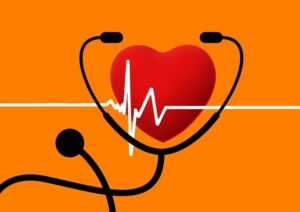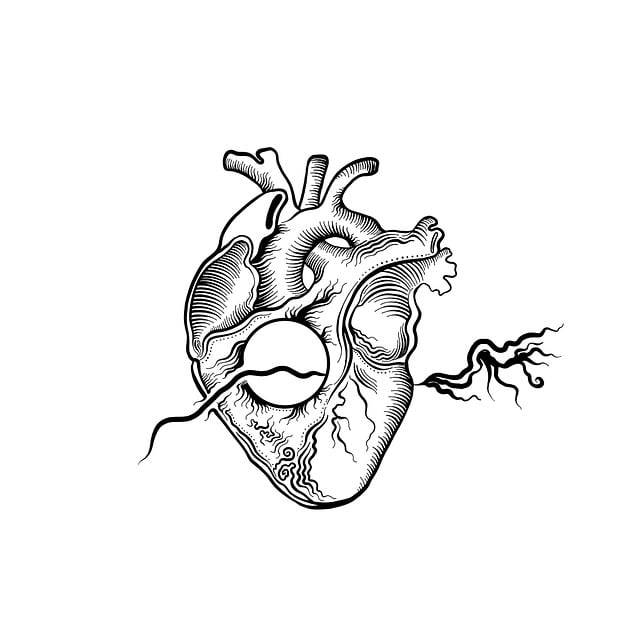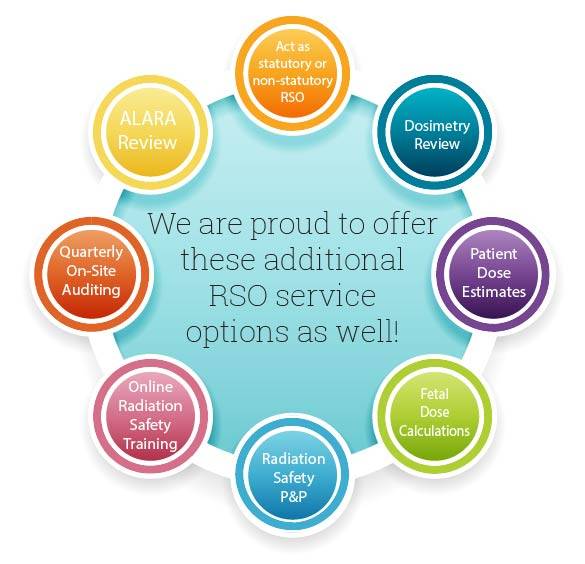Comprehensive Guide to Preventive Screenings for Heart Health
Heart disease remains one of the leading causes of death worldwide, yet it is largely preventable. A combination of lifestyle changes and early detection through screenings can significantly reduce the risk of heart disease. Preventive screenings for heart health help identify risk factors like high blood pressure, high cholesterol, and other conditions that may lead to heart complications if left untreated. This blog outlines essential screenings that should be part of your regular health check-ups to maintain optimal heart health.

1. Blood Pressure Screening
Blood pressure is a vital indicator of heart health. Hypertension (high blood pressure) often goes unnoticed because it rarely shows symptoms in its early stages but can lead to heart disease, stroke, or kidney failure over time.
- Frequency: Adults should check their blood pressure at least once every two years, or more frequently if they have high blood pressure or risk factors.
- Normal range: A healthy blood pressure reading is around 120/80 mm Hg. Anything above 140/90 mm Hg may require treatment.
2. Cholesterol Test (Lipid Profile)
Cholesterol is essential for cell function, but too much of it can lead to the formation of plaque in your arteries, increasing the risk of a heart attack or stroke. A cholesterol test measures the levels of LDL (bad) cholesterol, HDL (good) cholesterol, and triglycerides in your blood.
- Frequency: Adults aged 20 and older should have their cholesterol levels checked every 4-6 years. More frequent checks are needed for individuals with heart disease, diabetes, or a family history of high cholesterol.
- Optimal levels:
- LDL: Less than 100 mg/dL
- HDL: 60 mg/dL or higher
- Triglycerides: Less than 150 mg/dL
3. Blood Glucose Test
High blood sugar levels can damage blood vessels and nerves, which increases the risk of heart disease. A fasting blood glucose test is used to screen for diabetes or prediabetes, both of which significantly raise heart disease risk.
- Frequency: People aged 45 and older should have a blood glucose test every 3 years. Those at higher risk, such as individuals who are overweight or have a family history of diabetes, should be tested more frequently.
- Normal range: A fasting blood sugar level of less than 100 mg/dL is considered normal. Levels between 100-125 mg/dL indicate prediabetes, while levels above 126 mg/dL point to diabetes.
4. Body Mass Index (BMI) and Waist Measurement
Being overweight or obese puts additional strain on your heart, increases blood pressure, and raises cholesterol levels. Body Mass Index (BMI) and waist circumference are commonly used to assess your risk of heart disease related to weight.
- Frequency: BMI and waist circumference should be checked during regular health check-ups.
- Healthy ranges: A BMI of 18.5-24.9 is considered normal. A waist circumference above 40 inches for men and 35 inches for women indicates a higher risk of heart disease.
5. Electrocardiogram (ECG or EKG)
An electrocardiogram is a simple, non-invasive test that records the electrical activity of your heart. It is commonly used to detect irregular heartbeats, heart attacks, or other heart abnormalities.
- Frequency: Not required regularly for everyone but may be recommended if you have symptoms of heart disease, such as chest pain, shortness of breath, or a family history of heart problems.
6. Coronary Artery Calcium (CAC) Scan
A CAC scan is a specialized CT scan that looks for calcium deposits in the arteries of your heart. These deposits can indicate the early stages of coronary artery disease (CAD), even before symptoms appear.
- Frequency: A CAC scan is typically recommended for people at moderate risk of heart disease or those with a family history of early heart attacks.
- Scoring: A score of zero means no calcium is detected, which indicates a low risk of heart disease. A higher score points to an increased risk and the need for more aggressive prevention strategies.
7. C-Reactive Protein (CRP) Test
C-reactive protein is a marker of inflammation in the body. High levels of CRP in the blood may signal inflammation in the arteries, which increases the risk of heart disease.
- Frequency: This test is typically performed for individuals at moderate to high risk of cardiovascular disease.
- Normal range: A CRP level below 1.0 mg/L is considered low risk, while levels above 3.0 mg/L suggest a higher risk of heart disease.
8. Stress Test
A stress test, often conducted on a treadmill or stationary bike, measures how your heart performs under physical stress. This test helps identify blockages or other issues that might not show up when the heart is at rest.
- Frequency: A stress test is usually recommended for individuals with symptoms of heart disease or those at high risk.
9. Carotid Ultrasound
A carotid ultrasound uses sound waves to create images of the carotid arteries in the neck. This test helps detect blockages or narrowing of these arteries, which can lead to a stroke.
- Frequency: This test is recommended for people with a history of heart disease, high cholesterol, or stroke symptoms.
10. Ankle-Brachial Index (ABI)
The ABI test compares the blood pressure in your ankle to that in your arm to determine how well blood is flowing through your limbs. This test helps detect peripheral artery disease (PAD), a condition that increases the risk of heart attacks and strokes.
- Frequency: Typically recommended for individuals over 50 with risk factors like diabetes, smoking, or high blood pressure.
Conclusion
Regular preventive screenings are a cornerstone of heart health. Early detection of risk factors such as high blood pressure, cholesterol, or diabetes can help prevent heart disease or catch it at an early stage when it’s most treatable. Scheduling regular health check-ups and discussing the appropriate screenings with your healthcare provider is essential to protecting your heart and ensuring long-term health.











Leave a Reply